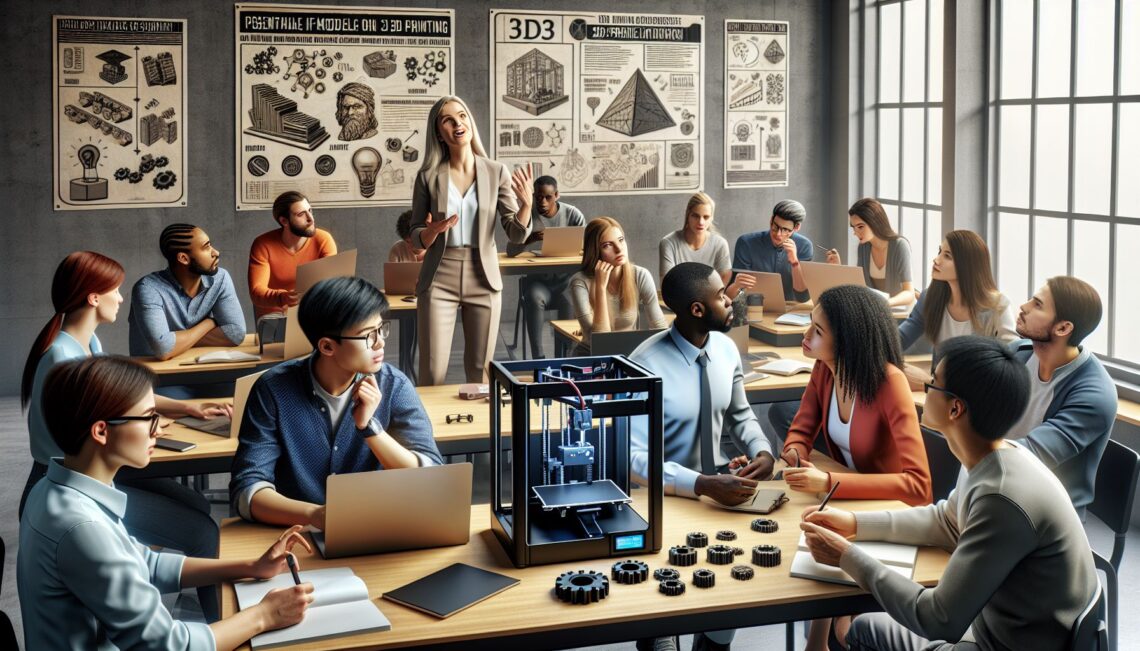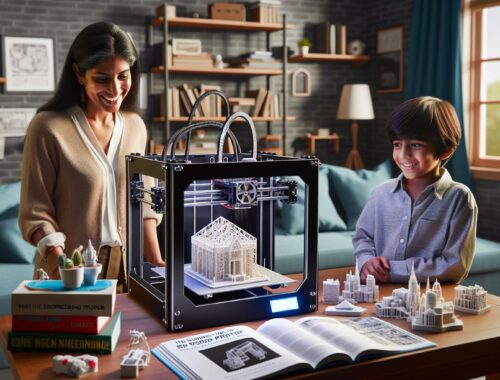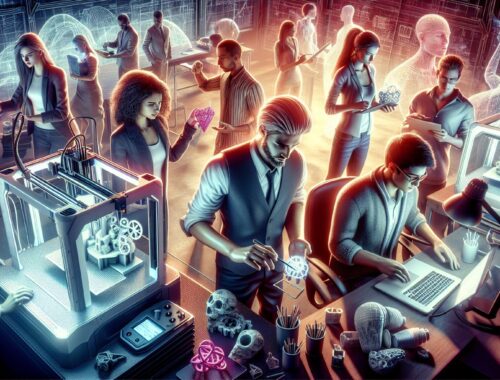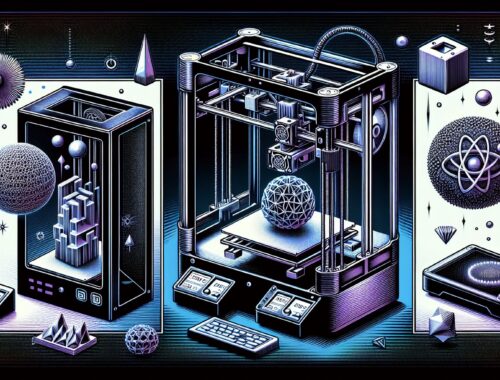
The Power of 3D Modeling and 3D Printing: Unlocking Creativity for College Students
As technology continues to advance at a rapid pace, it is crucial for college students to stay ahead of the curve and explore new horizons. One such field that holds immense potential for innovation and creativity is 3D modeling and 3D printing. These cutting-edge technologies not only offer a fresh perspective on traditional design methods but also provide an opportunity to bring ideas to life with astonishing precision. In this blog post, we will delve into the world of 3D modeling and 3D printing and explore how they can empower college students to unlock their creativity and revolutionize the way they learn.
Understanding 3D Modeling and Its Relationship to 3D Printing
At its core, 3D modeling is the process of creating a three-dimensional digital representation of an object or concept using specialized software. This technology enables designers to visualize and manipulate objects from any perspective, adding intricate details and intricate elements that might be challenging to achieve with traditional design methods. 3D modeling empowers students to experiment with different shapes, sizes, and materials, allowing them to turn even the wildest ideas into tangible possibilities.
Once a 3D model is created, it can then be transformed into a physical object through the process of 3D printing. 3D printing, also known as additive manufacturing, involves the construction of an object layer by layer using a 3D printer. This technology allows for the creation of complex and intricate designs that would otherwise be impossible with conventional manufacturing processes. From simple toys to intricate architectural models, the possibilities are limitless.
Enhancing Learning Experiences through 3D Modeling and 3D Printing
One of the most significant benefits of integrating 3D modeling and 3D printing into the college curriculum is the ability to enhance learning experiences across various fields. Whether you are studying engineering, architecture, art, or even biology, these technologies offer an innovative and engaging way to explore and understand key concepts.
For engineering students, 3D modeling provides a platform to design and simulate complex mechanisms, allowing them to test their ideas before building physical prototypes. This not only saves time and resources but also fosters a deeper understanding of engineering principles. Additionally, 3D printing allows students to transform their designs into tangible objects, enabling a hands-on learning experience.
Similarly, architecture students can leverage 3D modeling and 3D printing to bring their designs to life. Creating detailed architectural models helps in visualizing spatial elements and exploring the impact of various design choices. By utilizing 3D printing technology, students can efficiently produce accurate and proportionate models of their architectural designs, enhancing their presentation skills and fostering a deeper appreciation for the built environment.
Art students can also benefit greatly from 3D modeling and 3D printing. These technologies provide them with a new medium to express their creativity and push the boundaries of traditional art forms. Sculptors can use 3D modeling software to create intricate sculptures, and then bring them to life using 3D printers. This integration of art and technology opens up a world of possibilities for students, enabling them to create unique art pieces that were once unimaginable.
Toy Creation and the Power of Imagination
Apart from its academic applications, 3D modeling and 3D printing can also tap into one’s imagination and help foster creativity. One exciting aspect is the creation of customized toys using these technologies. With 3D modeling, students can design their own unique toys, taking inspiration from their favorite characters or inventing entirely new ones. This process allows for personalization and encourages critical thinking and problem-solving skills.
By bringing these designs to life through 3D printing, students can hold physical representations of their imagination in their hands. This tangible result not only serves as a source of personal satisfaction but also encourages entrepreneurial thinking. Students can explore the concept of manufacturing and creating products with 3D printers, allowing for small-scale production or even entrepreneurship opportunities.
Building Models that Inspire
Another exciting avenue opened by 3D modeling and 3D printing is the ability to build realistic and detailed models. Whether it’s a replica of a historical monument, a scale model of an engineering marvel, or even a representation of molecular structures, these technologies empower students to expand their understanding and appreciation of the world around them.
For instance, biology students can use 3D modeling to recreate complex biological structures such as DNA molecules or cell organelles. By visualizing and manipulating these structures in a 3D space, students gain a deeper understanding of their intricate organization and function. 3D printing allows for the creation of physical models, making it easier to study and visualize these structures, enhancing the learning experience and knowledge retention.
The Future of 3D Modeling and 3D Printing
As 3D modeling and 3D printing continue to advance, their potential to revolutionize various industries becomes increasingly evident. College students who embrace these technologies early on will not only possess a valuable skill set but also gain a competitive edge in the job market.
Furthermore, as the cost of 3D printers continues to decline, accessibility to this technology increases, making it easier for students to utilize these tools outside of the classroom. Platforms such as Thingiverse and Tinkercad provide a plethora of free 3D models and design resources that students can use as a starting point for their own creations. This democratization of 3D modeling and 3D printing empowers students to experiment, innovate, and truly unleash their creative potential.
Conclusion
In the world of higher education, it is imperative to adapt and embrace emerging technologies to enhance the learning experience. 3D modeling and 3D printing offer college students an unparalleled opportunity to explore, innovate, and express their creativity. By integrating these technologies into various academic fields, students can visualize complex concepts, bring their ideas to life, and gain practical skills that will prepare them for the future job market.
As the boundaries of what is possible continue to be pushed, students who embrace these technologies will be at the forefront of innovation and discovery. The power of 3D modeling and 3D printing lies not only in their capacity to create physical objects but also in their ability to inspire, motivate, and unlock the limitless creativity within every college student. So, let your imagination soar and dive into the world of 3D modeling and 3D printing – a world of endless possibilities awaits you.
You May Also Like

The Wonderful World of 3D Printers: A Parental Guide for Engineering Professionals
April 20, 2024
The Power of 3D Modeling and 3D Printing: Unlocking Creativity for College Students
November 14, 2023

